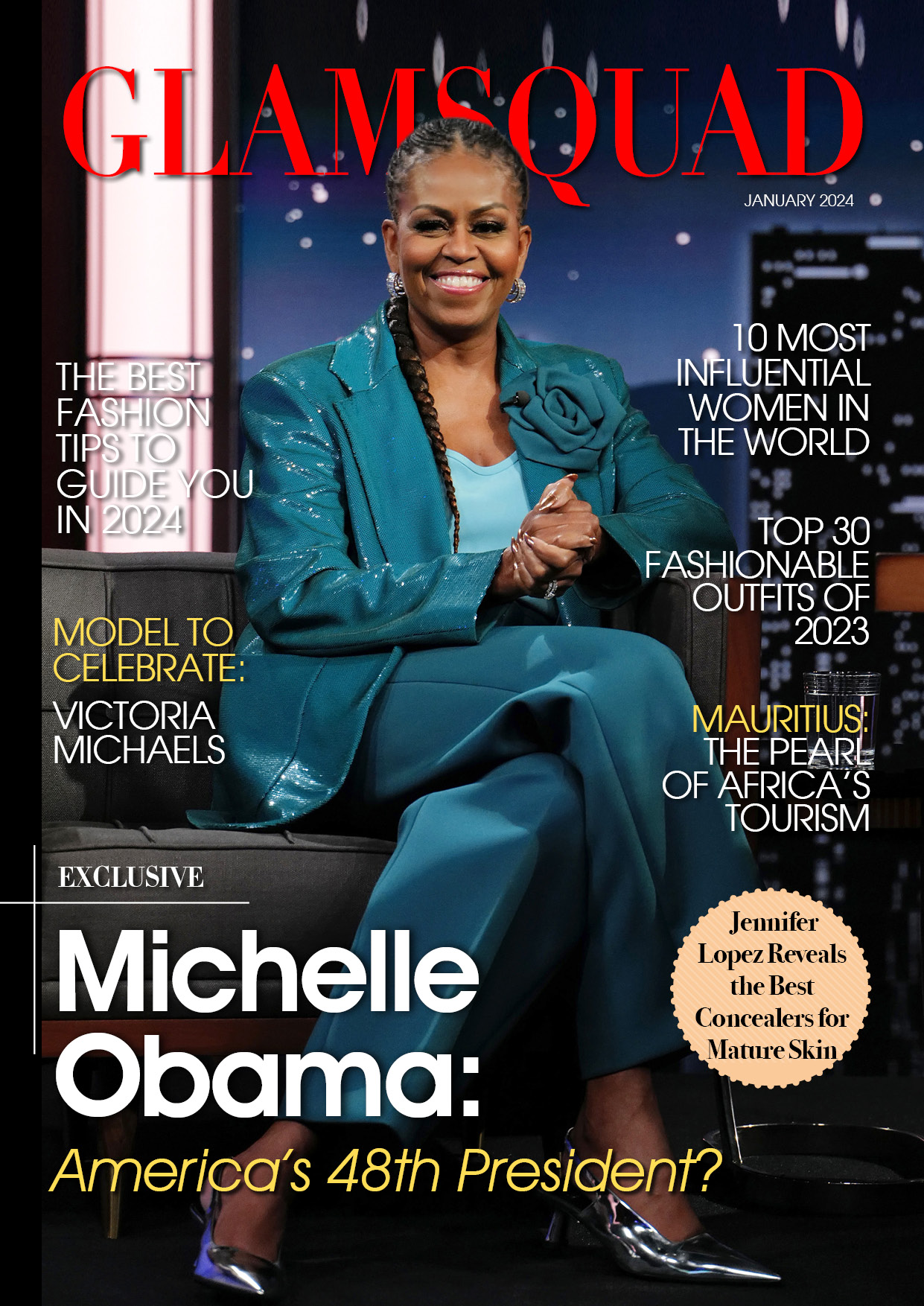With Apple’s usual fanfare, the new MacBook Pro was “unleashed” during the company’s October Mac event. And it appears to be a fantastic gadget. But, once again, I’m struck by how sophisticated Apple’s displays are becoming. According to the stats, the new MacBook Pro has a better display than most modern televisions. It’s true that it’s a lot smaller. But does it really matter now?
Here’s why the new MacBook Pro will soon be able to produce better picture quality in coffee shops than most living room televisions.
Mini-LED backlight tech

The new MacBook Pro’s screen is powered by mini-LED backlight technology. While this technology has been used in some high-end TVs for a few years, it has presented significant obstacles, which the MacBook Pro appears to be ideally positioned to overcome in a way that TVs just cannot – at least not yet.
In 2019, TCL released the first mini-LED backlit TV. Other manufacturers, like as LG and Samsung, have since embraced the technology. More precise backlighting with many more zones of control, greater black levels, higher peak brightness for HDR highlights, and less blooming around bright objects on a dark background are all advantages of mini-LED. Simply simply, the color is brighter, richer, and more vibrant.
Unfortunately, as I’ve tested dozens of TVs over the last few years, I’ve discovered that mini-LED backlighting in TVs appears to require more processing power than the TVs have available. Even though there are thousands of small LED lights and hundreds of control zones, putting on that intricate light display demands substantial horsepower, which TVs lack but which the MacBook Pro appears to have in plenty.
The lower size of the 14- or 16-inch MacBook Pro means it has to manage fewer tiny LEDs and dimming zones than, say, a 55- or 65-inch TV.
A strong CPU is required to make lightning-fast judgments and execute them just as quickly in order to achieve the precision that mini-LED backlighting provides and enjoy its net benefits. That’s something the MacBook Pro is capable of. All that’s left to see now is whether the MacBook Pro can do it — and I’d be surprised if it can’t.
Actually, I’m starting to wish those “TV produced by Apple” rumors will resurface.
Brightness for work, brightness for play
Apple said during its presentation that its new MacBook Pro displays could reach 1,000 nits of sustained brightness and 1,600 nits of peak brightness. Those are really remarkable numbers if you’re not familiar with nits as a measurement of brightness. To put things in perspective, only the most costly mini-LED TVs from Samsung, TCL, and Vizio are capable of achieving identical measures, and they cost a pretty penny — around $2,000 depending on screen size.

Although the MacBook Pro has a smaller screen, it will look better than its mini-LED backlit TV competitors with screens up to 65 inches. It’s also a full-fledged computer, not just a TV, for around the same price. When you consider that the percentage of information read on smaller screens is growing year after year, the new MacBook Pro’s display performance becomes even more outstanding and appealing.
Because the MacBook Pro will be used in a variety of locations, it must be bright enough to be visible outside on a sunny day. However, for pure enjoyment, 1600 nits will suffice to make HDR material leap off the screen, ensuring that everything is in focus.
Smooth move, Apple
While contrast is the most commonly recognized visual aspect, I’m willing to bet that motion isn’t far behind. People notice when sports get fuzzy due to fast-moving camera pans. However, I believe the MacBook Pro will look fantastic for sports and other fast-moving entertainment, potentially considerably better than most screens.
The key, once again, is the processing. Because Apple’s processors are so strong, they can render motion as well as — if not better than — any other display, TV or otherwise. One strong hint in that direction is a concentration on adjustable refresh rate.
Color accuracy
When it comes to televisions, I’ve always considered it interesting that color fidelity is at the bottom of the priority list for customers. Instead, it appears that people simply want the color to be vibrant. Consumers frequently tell me that they want colors that are “better than real life.”
I understand. Better than real life is more fascinating than real life, and who doesn’t want their television to excite them? When it comes to color, though, I believe it is feasible to have both accuracy and excitement, and I believe the new MacBook Pro will shine in this area.

Apple will not be able to sell any computing display that does not provide a high level of accuracy. When it comes to creating a tool for the profession — in this case, a tool for visual producers — color fidelity is crucial. There are benchmarks that the MacBook Pro must reach or exceed. Coverage of the Adobe RGB color space in its entirety is now a foregone conclusion. Pro-grade displays must now be able to match the stringent specifications of the DCI P-3 and/or ITU Rec. 2020 color spaces, which are objectives that high-end televisions strive for.
Once again, Apple’s processing power and manufacturing tolerances should allow the MacBook Pro to deliver both color accuracy and color excitement, thereby closing the gap between the two.
But it’s too small!
I’m not suggesting that someone should or would replace their 55-inch or larger TV with a 14.2 or 16.2-inch screen in their living room. Immersion is aided by image size, which is why going to a commercial theater can be more enjoyable than watching a movie at home, even if that home has a 100-inch projection screen.
Nonetheless, the MacBook Pro surpasses most televisions in some crucial categories of picture quality, according to the figures. It’s tough not to be impressed by how far laptops have progressed in the last few years.











